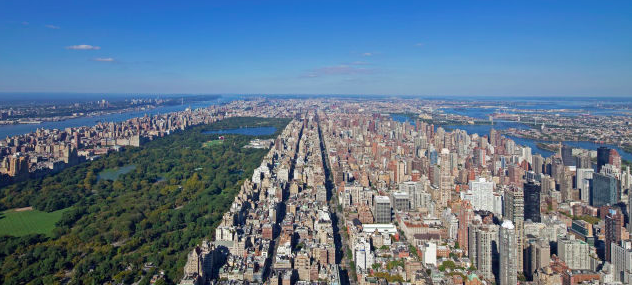Traditionally, space in skyscrapers has been the preserve of too-big-to-fail corporations and law firms with triple-barrelled names. But, as you probably realize if you’ve taken a turn round Central Park lately, the latest and greatest supertalls don’t house hedge funds — they house a different kind of wealth altogether.
Expert Martin Filler has a thoroughy examined the trend in skyscraper apartment blocks, and the factors behind the remarkable takeoff in building height and price. He argues that a combination of super-rich individuals — the 0.01% — and conservative condo boards are making wannabe buyers look to new buildings, and the inexorable increase in land value in Manhattan is driving those new constructions ever higher.
The super-skinny, supertall trend has been facilitated by engineering advancements, which can cram a 1,400 foot building onto a footprint a quarter of a football field big, thanks to some seriously impressive technology. But it also comes at a cost to the rest of us.
432 Park Avenue’s most noticeable architectural feat is its uniform profile, which rises without deviation to the full height — crucially, without the tapering seen in most skyscrapers. That tapering is thanks to a regulation introduced in 1916 to allow sunlight to filter into an overgrown Manhattan. But the small footprint of 432 means the law doesn’t apply to it, so the building is free to cast a shadow across half the city.
Economists have long noticed that skyscraper booms are inevitably followed by economic bust — so much so there’s an entire index named after the concept. Whether New York’s supertall boom is a harbinger of recession remains to be seen. But either way, Filler makes a compelling case that condos in the sky are a product of different factors altogether — and we’d be wise to pay attention

